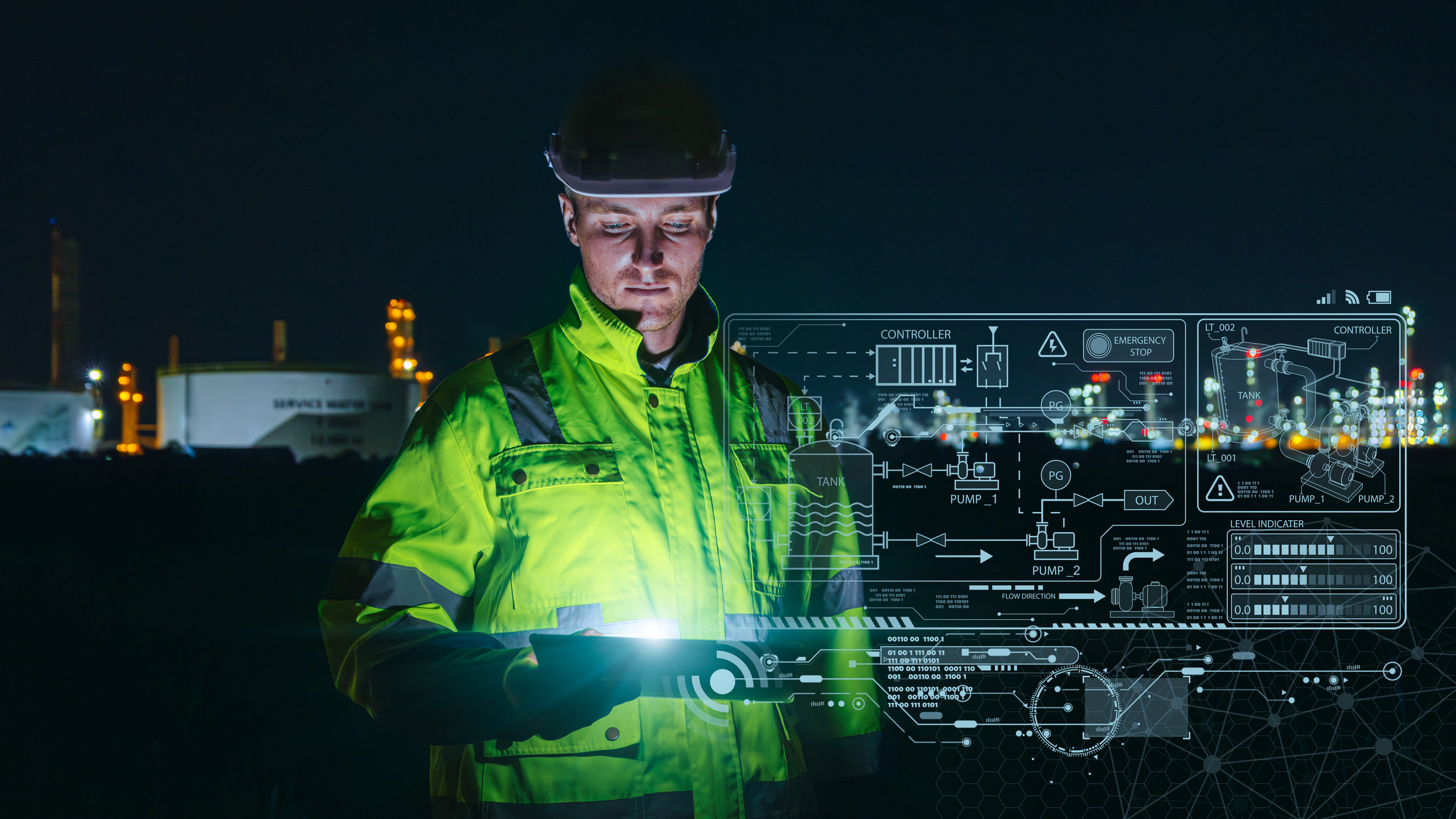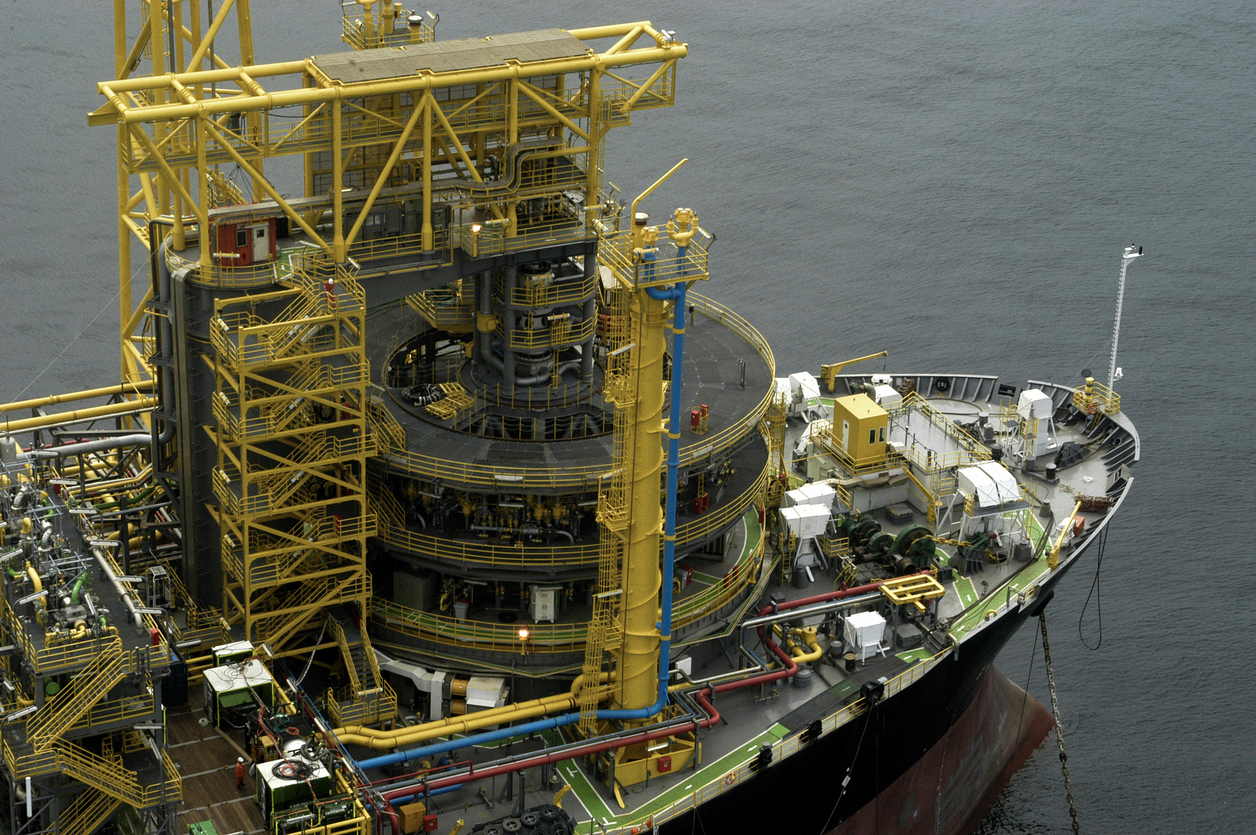Em operações industriais complexas, a confiança se sustenta na capacidade real da empresa de controlar riscos e demonstrar domínio técnico sobre suas rotinas. Isso vale não apenas para a produtividade, mas principalmente para a segurança das pessoas e a integridade das operações.
Standards such as ISO 45001, several ABNT NRs in Brazil, and the requirements of OSHA (United States) and EU-OSHA (Europe) are not limited to guidelines: they require evidence. Compliance with these requirements requires preventive actions and the ability to technically demonstrate what is being done in a continuous, auditable, and reliable manner.
It is in this context that intelligent monitoring systems become strategic allies. In addition to enhancing the security of real-time operations, they also support regulatory compliance by generating traceable data, automatic records, and reports aligned with the most stringent industry standards.
Standards that impact critical sectors
When it comes to compliance in industrial environments, it's essential to understand the regulatory ecosystem that guides operations.
ISO 45001 is currently the leading international reference for occupational health and safety management. Its focus is to structure a system for preventing work-related injuries and illnesses, requiring risk control, leadership involvement, and process traceability.
In Brazil, ABNT's Regulatory Standards (NRs) are mandatory depending on the activity. NR-12, for example, requires safety measures for machinery and equipment, while NR-35 addresses work at heights. Each standard requires specific controls and, most importantly, concrete evidence of its application.
In the international context, companies operating abroad must be aware of OSHA (Occupational Safety and Health Administration) in the United States and EU-OSHA (European Agency for Safety and Health at Work), which establish demanding and frequently inspected standards for international operations, such as ports, refineries and drilling platforms.
In all cases, regulatory bodies share three premises: preventive actions, continuous technical control and reliable documentation.
Real challenges faced by companies in complying with regulations
Many companies deal with data scattered across different systems, such as manual spreadsheets, reports saved directly to a specific computer, and records in non-integrated software. This fragmented landscape makes it difficult to consolidate reliable information, creating gaps that directly impact the ability to demonstrate compliance.
Another challenge is the lack of historical traceability. When an audit requires proof of PPE use in a certain area or the presence of a qualified operator on a specific date, the company needs to present concrete evidence, which often proves difficult to do.
This last-minute "crash for data" effort results in fragile reports, rework, and legal risk. And the cost of noncompliance goes far beyond fines: it includes operational shutdowns, damage to brand image, and, of course, insecurity for those on the front lines.
Regulatory capacity in an intelligent monitoring system
The concept of regulatory capacity in a smart monitoring system refers to a system's ability to technically support compliance with legal and regulatory requirements. In practice, this means:
- Generate reliable data on operational events in real time;
- Store and organize records required by standards such as ISO 45001, NRs or OSHA;
- Allow historical queries in audits and technical investigations;
- Integrate visual and numerical information to support decisions and evidence.
It's important to emphasize: the system does not replace the company's responsibility to comply with regulations. It enables and enhances compliance, ensuring that everything done can be technically verified, with full traceability.
How Smart Monitoring Can Help with Regulatory Compliance
Intelligent monitoring acts as a decision and compliance support system, gathering and analyzing data in real time.
For example, by automatically detecting the absence of PPE in a delimited risk area (red zone), the system can generate immediate alerts, automatic records, and auditable evidence for the company. This automation prevents human error during inspections and reduces response time to imminent risks.
In addition, it is possible to count on the programming assistance of monitoring to:
- Control unauthorized access to restricted areas (as required by NR-10 and NR-33);
- Ensure compliance with Occupational Health and Safety (OHS) standards required by ISO 45001;
- Monitor the movement of vehicles and people in danger zones (in line with OSHA guidelines on collision zones);
- Generate auditable reports with timestamps, images, and cross-referenced data for technical verification in audits.
This capability dramatically reduces manual effort and provides technical leadership with the confidence to assert that the standard is being met, with data in hand.
Conclusion
Companies operating in critical sectors know that safety, both operational and personal, is one of the most essential pillars of business success. This is only possible when processes are well-monitored, traceable, and aligned with the requirements of the sector's regulators.
Investing in an intelligent monitoring system is much more than a response to audits. It's a commitment to the integrity of operations, the company's reputation, and, above all, the protection of the people at the center of it all.
A company's reliability begins when it makes safety a priority.
About ALTAVE
ALTAVE offers intelligent monitoring solutions that increase safety in critical operations, protecting people, assets, and processes. By combining cutting-edge technology with automated analysis, it is possible to identify risk situations in real time and prevent accidents before they happen.
With real-time monitoring, intuitive dashboards and 24/7 support, ALTAVE contributes to operational safety and the protection of lives and essential resources. The company has patented technologies in Brazil and abroad, and is present around the world, serving sectors such as Defense and Security, Energy, Mining, Ports, Agribusiness and Oil and Gas.
Recognized for its strategic relevance, ALTAVE is accredited as a Strategic Defense Company by the Brazilian Ministry of Defense and a supplier to Petrobras.
Let's have a chat?
Contact us to learn more about how our solution can help your company!





